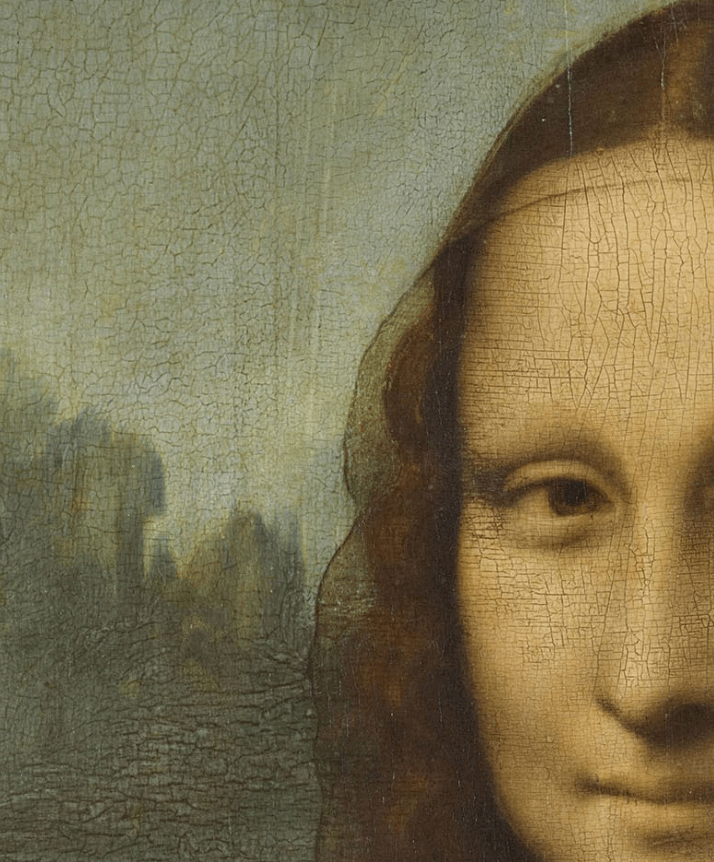The Militant Suffragette Mary Richardson and the Rokeby Venus by Diego Velazquez
- Slava Prakhiy

- Mar 19, 2021
- 2 min read
Is she a fetishised object of desire? A symbol of idealised beauty? A mystery? A myth? A provocateur?
⠀
The beguiling Rokeby Venus by Diego Velazquez was probably all of those things to Mary Richardson, the suffragette, who walked into the National Gallery on March 10, 1914, smashed the glass and slashed the delicate, porcelain flesh of the Nation’s Venus. The “Nation’s Venus” – that’s how she was dubbed by the Daily Express when it entered the National Art Gallery collection in 1906. People felt that not only she was somehow real but that she belonged to them. When Mary Richardson used a meat cleaver to inflict the cuts, the emotions she triggered in people were similar to how they would have reacted to murder.
⠀
Richardson was protesting the arrest and torture of a real woman - Emmeline Pankhurst, the leader of the British suffragette movement. In a statement made soon after the attack she stated: "I tried to destroy the picture of the most beautiful woman in mythological history as a protest against the government for destroying Mrs Pankhurst, who is the most beautiful character in modern history".
⠀
Following the attack, Richardson was arrested for 6 months and tortured in the most horrific fashion – by force-feeding through a nose tube. As many of the other militant suffragettes, Richardson risked everything in her fight for women’s equality.
⠀
But she was a contentious personality. In 1933, she joined Oswald Mosley’s British Union of Fascists. It is hard to comprehend how she reconciled the party’s anti-semitism with her own beliefs in equality and the struggle for human rights.
⠀
Even with the hindsight of over 100 years, it is difficult to ascertain the role of Richardson’s act in the overall suffragette movement.
⠀
Christabel Pankhurst later noted: “the Rokeby Venus has, because of Miss Richardson’s act, acquired a new human and historical interest… Long after the vote is won, as long as paint and canvas hold together, the children and the children’s children of the women of this day will look upon the Rokeby Venus and read in it a message from the militant women who lived and fought and were ready to die that they might be free.”
The Rokeby Venus, 1647, National Gallery, London.









Comments